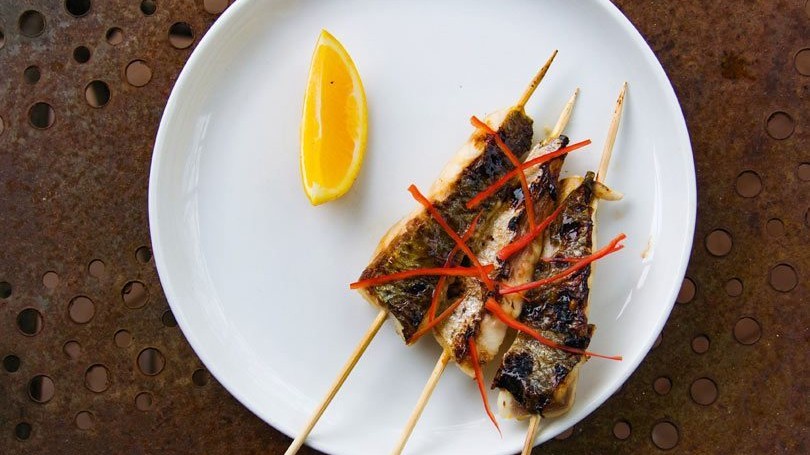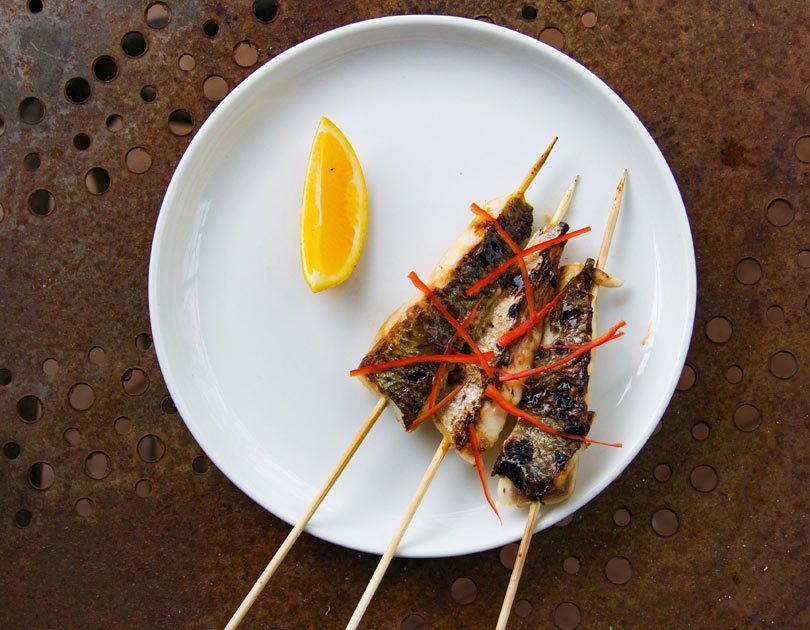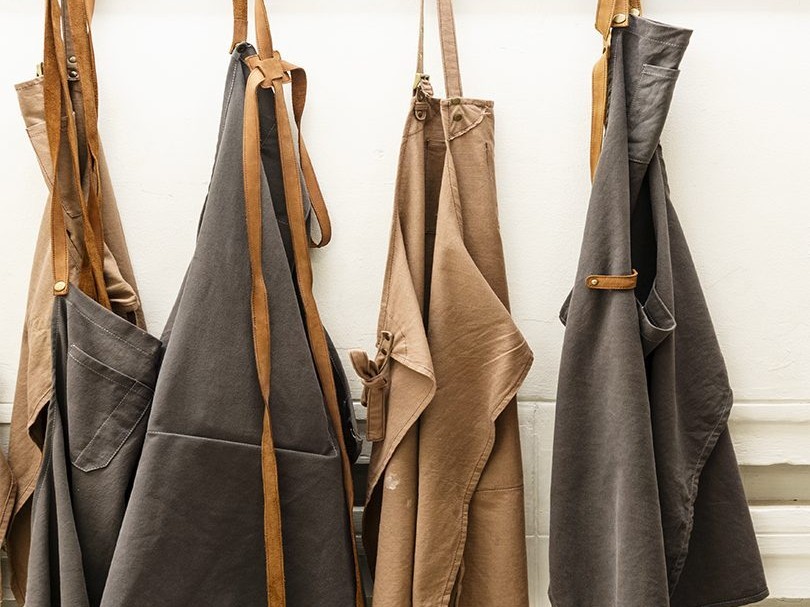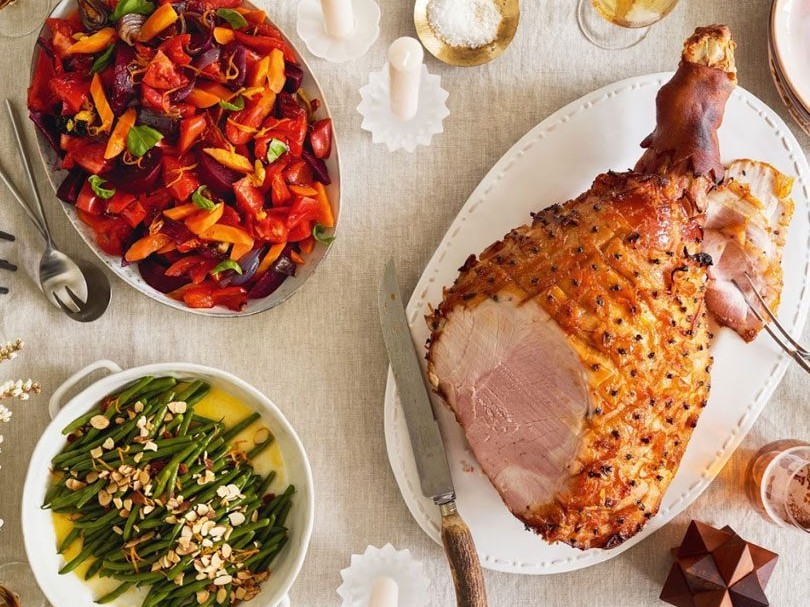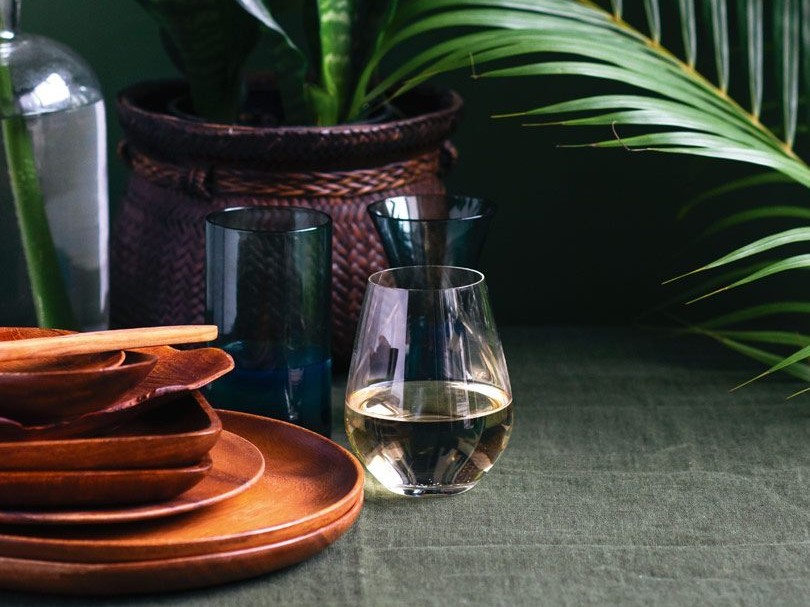WILL BOWMAN GETS HANDS ON & SAUCY WITH YAKITORI TO MAKE ENTERTAINING A BREEZE.
The barbecue has been the centrepiece of the Kiwi summer routine for decades – and for good reason. Every country has their own version of barbecue, where smoke and fire are the transformative elements and, traditionally at least, these cooking methods have been accompanied by a strong social element. There’s something about the sound and smell of something cooking over fire that draws people in. One of the simplest, cleanest and most inclusive ways to make this style of cooking central to a gathering is with a Japanese hibachi or shichirin grill. Set it up in the middle of the table with a tray of titbits for people to grill while chatting, as the aromatic smoke wafts up from the coals. Or, if you are blessed with the space, resources and time, scale it up to a bonfire and use the embers to set up a cooking space on its outskirts, then you can have a few more friends round!
COOKING INSTRUCTIONS
Because every fire is different, cooking times are tricky to give accurately here. It is a matter of understanding the wood or coals you’re using and adjusting accordingly. Start cooking with the skin-side down, painting the meat side with the tare (sauce). Try to do most of the cooking skin-side down, unless the heat is too aggressive and is threatening to burn the skin.
BREAKING DOWN A CHICKEN
Despite this being something that your butcher would happily do for you, I think it’s one of those things everyone should try at home – it is very straightforward and rather satisfying. All you’ll need is a sharp knife, preferably a small one like a paring knife. Like a lot of butchery and filleting, it’s about letting your knife follow natural paths around bones. It will feel tricky and awkward the first couple of times, but you’ll learn where to put the knife very quickly.
Place the chicken, breast side up, legs facing you, on a chopping board. Hold the leg and thigh and cut the skin between it and the breast. Repeat on the other leg.
Turn the chicken over and bend each leg and thigh up and away from the body of the chicken. If you turn it over again, you’ll clearly see where the hip joint has popped out of the socket. Follow your knife between the base of the thigh and the back of the chicken, moving through the hip joint. Repeat on the other side.
For the wings, it’s a little harder to see where the joint is but use your hands to feel for the right point before cutting through it, removing the wing. Making an incision near where you think the joint is may help to visualise it first time round.
Before removing the breasts pull the skin from them, reserving it for your tare. Removing the breasts and tenderloins is easiest by making a shallow cut between them, down the length of the sternal cartilage before gently pulling the breast from the carcass, using long, light strokes from your knife to aid its removal.
For this recipe, I have removed the bones from the leg and thigh, which I highly recommend. A sharp knife makes this step much easier. It is as simple as following your blade down the length of the thigh and leg bones, butterflying the meat away from the bones before getting your blade beneath the bone to fully separate the two.
There are a lot of great instructional videos on YouTube.com to help you with the process.
SEE MORE FROM CUISINE
Making it more human again
Hospitality can be a glorious career choice. Many young people are…
Be our guest – Xmas Classics
There’s a touch of nostalgia about this collection of favourite…

